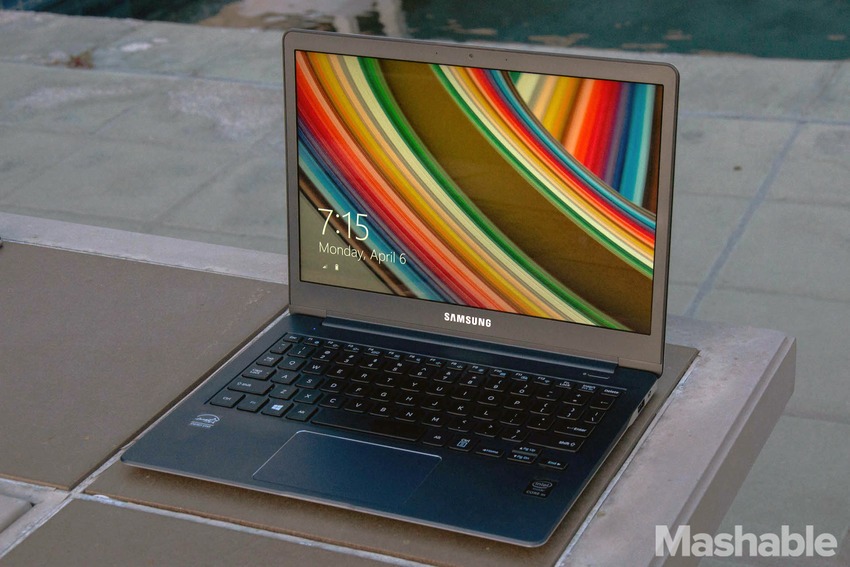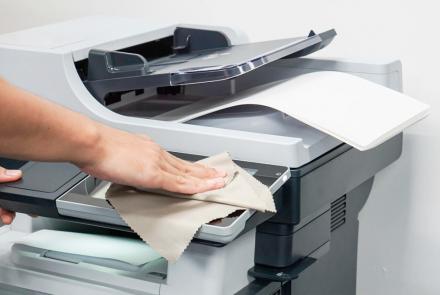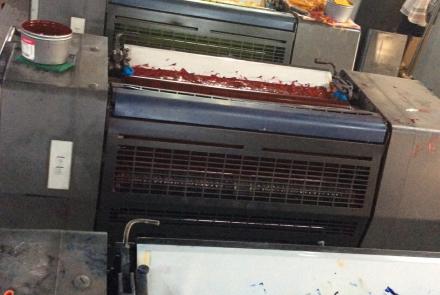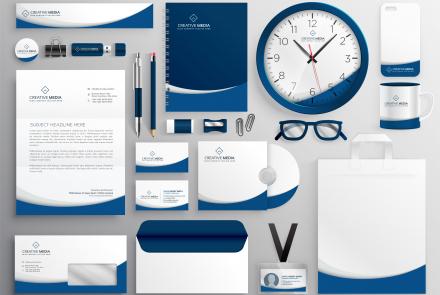Samsung's ATIV Book 9 is what all future Windows laptops will look like
Thin in all the right places
To get a laptop this thin requires more corner cutting than the standard ultrabook, which is why the Book 9 comes packed with the low-powered Core M processor; it uses just 5 watts. It’s not the same chip in the competing new MacBook and Lenovo Yoga 3 Pro — it’s actually less powerful.
The 900MHz — yes, we’re back to megahertz here — chip and the tiny attached graphics manage to squeeze into the "Look ma, I'm a tablet" frame.
The Book 9 measures only 0.46-inches thick and weighs in at barely over two pounds. That’s thinner than the MacBook Air and the new MacBook at their thickest, and just a hair heavier than the latter.
The poorly named Book 9 doesn’t lose anything except for raw computing power from shedding all that extra girth. Thin as it is, the keyboard is scrunched, but fully usable with regular honest-to-goodness keys. They’re very low profile and provide little travel per key press, but hey, it comes with the territory. Touch typists will love it, and even if you aren’t one, it’s still pretty darn good, though it takes some getting used to.
There’s little about the Book 9 that isn’t sleek. Hell, the color is even called “Imperial Black.” Unlike Apple, Samsung didn't skimp on ports either: two USB 3.0 ports, a mini HDMI-out port, an audio out and even a microSD card slot. The whole bundle is clean, crisp, and refined. The Book 9 is a work of technological art.
Killer screen
The first thing that’s really strange and subtle about this laptop? It has a tall display. The screen isn’t the typical widescreen format. Instead it follows the all-but-dead 16:10 aspect ratio that nearly all laptops used, producing a 2,560 x 1,600 resolution display. If you’re a gamer, that resolution sounds familiar; before the latest HD movement, the typical 27-inch monitor shipped at 2,560 x 1,600.
It’s also on a 12.2-inch screen. Much like Apple’s jump to Retina displays, the Book 9 has four times as many pixels as the laptop really needs, and the resolution is so high that for all but the most nearsighted it’ll make your eyes bleed. Thankfully there are plenty of alternate resolutions to choose from and picture quality is excellent on nearly all of them.

Samsung also included a nifty little trick called "Outdoor Mode," which doubles the maximum brightness of the screen against glare and sunlight. And it works really well! The glossy panel is still reflective, but at the cost of color contrast "Outdoor Mode" makes text fully legible. Picture quality suffers in the process, but unless you’re trying to watch an Age of Ultron trailer while staring at the sun, it’ll look great
Real world performer
Day to day use of the Book 9 is phenomenal. The typical day is taking the featherweight into the office, working on it for a couple hours during calls and meetings, lounging after work with it in front of the TV, and picking it up whenever I need have some computing to do. Sound familiar? That’s how we were supposed to use tablets.
The Book 9 is so thin and light, and relative to a tablet, so powerful that it
actually fills the need tablets are supposed to fill better than they can. In fact, it's so portable that I haven't touched my desktop in a week because I’d rather browse the web from my deck on a cool spring morning than in a messy home office. Everything about the Book 9 makes it the go-to computer, from the shape and size to the full version of Windows 8.1 to the decent battery life.
That last bit is where things get tricky. Samsung rates the Book 9 for 12.5 hours, but in my testing, the battery drained after 3-4 hours of heavy work plus an hour of streaming HD video. Heavy use will knock it out even faster, especially if you’re constantly using the "Outdoor Mode." For lighter web browsing and indoors, it’s possible to get around nine hours of computing time in.
Even at an average of seven hours a day, that’s more than enough per daily charge. Whether you’re a coffee shop blogger or email overlord, the Book 9 is the kind of laptop you’ll want to use all the time.
It feels great to type on it anywhere, on the lap or on a table or for a few minutes in the car. It feels great to carry it around like a paper notepad, or in the bag like a paperback. And it doesn’t call attention to itself either, a nice feature for those who don’t want to be prodded or provoked in public as a hipster. And that Imperial Black finish...
Template for the future
There are two models of the Book 9: 4GB of RAM and 128GB of storage for $1,200, and 8GB of RAM and 256GB of storage for $1,400.
I tested the cheaper model, and guess what? The performance was good enough that I didn’t notice that my test unit had less memory. So if you’re thinking of picking up the more expensive model because so many tech experts always say get more memory (myself included) don’t bother unless you need more storage. This laptop is so well built you don’t need to spend extra on it.

More importantly, the Book 9 doesn’t feel like the little-laptop-that-could. It’s not at all like netbooks of the past, or even low-powered ultrabooks that were just glorified tablets. The Book 9 looks and feels like a modern laptop should, in almost every way.
Sure, it has some odd quirks like the occasional mouse slowdown and some of Samsung’s software just begs to be erased, but everything else about it screams excellence. Future fanless notebooks will have faster processors and more efficient batteries, but they'll all be based on the Book 9's template. Folks, this is what the future of Windows notebooks looks it.
- Log in to post comments






